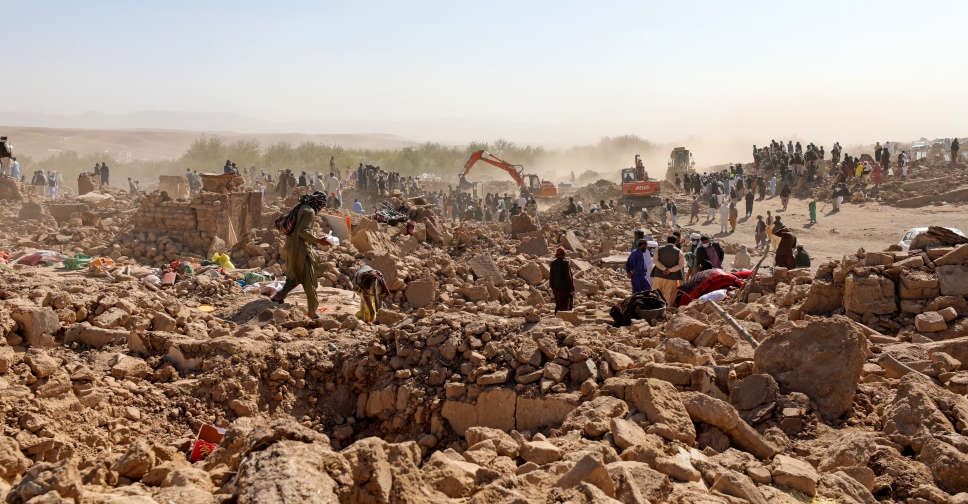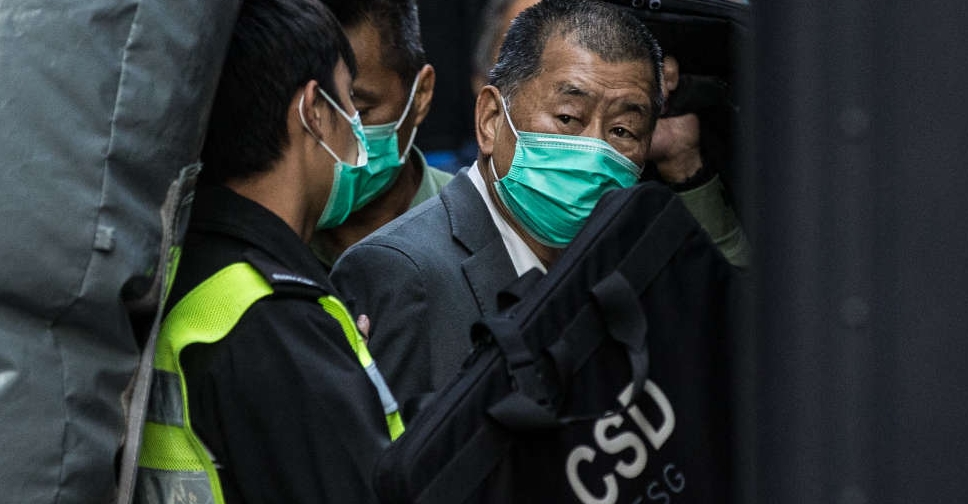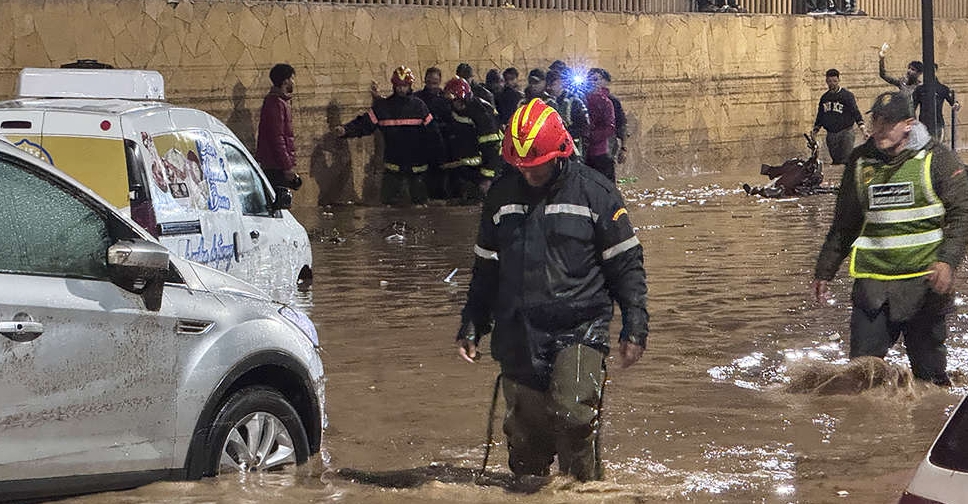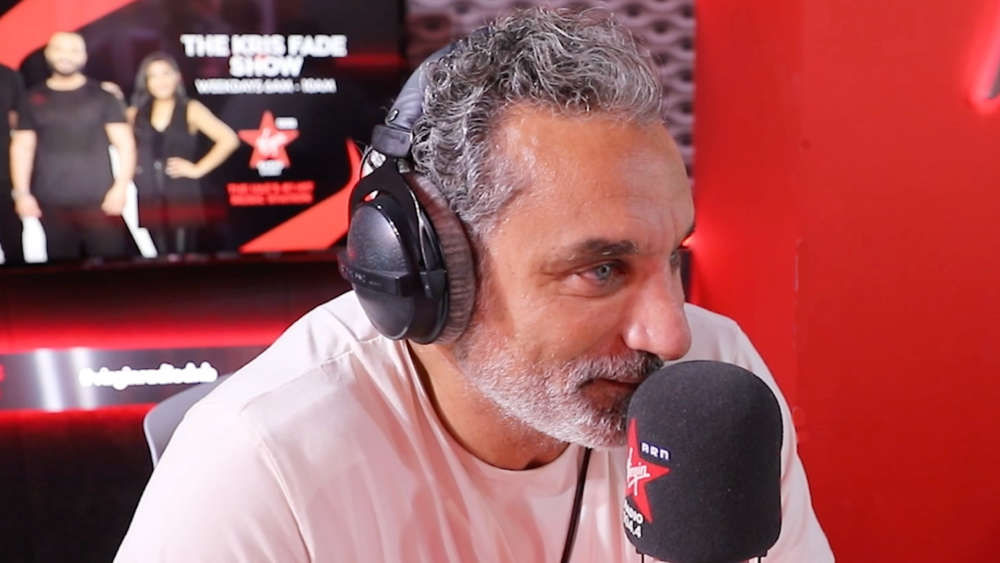
Rescuers on Tuesday scaled back operations in Afghanistan's devastated northwest as chances of finding survivors diminished 72 hours after one of the world's deadliest earthquakes.
At least 2,400 people were killed and more than 2,000 injured, the Taliban-run government said, in the multiple earthquakes that struck northwest of the city of Herat, levelling thousands of homes. Most of the casualties were women and children, the World Health Organisation said.
Relief and rescue efforts have been hampered by infrastructure left crumbling by decades of war and a lack of foreign aid which once formed the backbone of the economy but which has dried up since the Taliban took over.
"The operation is almost done," spokesman for the Disaster Management Ministry Janan Sayeeq told Reuters, adding that rescue efforts were still going on in some villages.
The UN Humanitarian Office had on Sunday put the death toll from the quakes at 1,023, with an additional 1,663 people injured, and more than 500 missing. Sayeeq said a final casualty toll would be released soon.
Saturday's earthquakes - one with a 6.3 magnitude - were one of the deadliest in the world this year, after the quakes in Turkey in Syria which killed around 50,000 people.
The quakes flattened buildings in some 20 villages in the northwest, including Siah Aab village in Zinda Jan district which lost at least 300 residents.
The UN's humanitarian office has announced $5 million worth of assistance for the quake response, but immediate material support has come from just a few countries.
Afghanistan's healthcare system, largely reliant on foreign aid, has faced crippling cuts in the two years since the Taliban took over and much international assistance was halted.
In addition to medical and food aid, survivors are in dire need of shelter as temperatures drop, the head of the World Health Organisation's emergency response said.




 Hong Kong court finds tycoon Jimmy Lai guilty in landmark security trial
Hong Kong court finds tycoon Jimmy Lai guilty in landmark security trial
 Ukraine peace talks stretch into second day at start of pivotal week for Europe
Ukraine peace talks stretch into second day at start of pivotal week for Europe
 Flash floods kill at least 37 people in Morocco's Safi province
Flash floods kill at least 37 people in Morocco's Safi province
 'Hero' who disarmed Bondi gunman recovering after surgery, family says
'Hero' who disarmed Bondi gunman recovering after surgery, family says
 School bus accident in Colombia kills 17, injures 20
School bus accident in Colombia kills 17, injures 20




